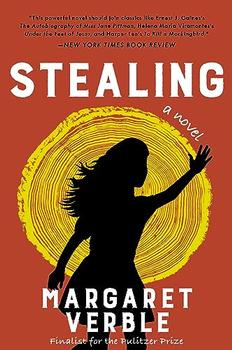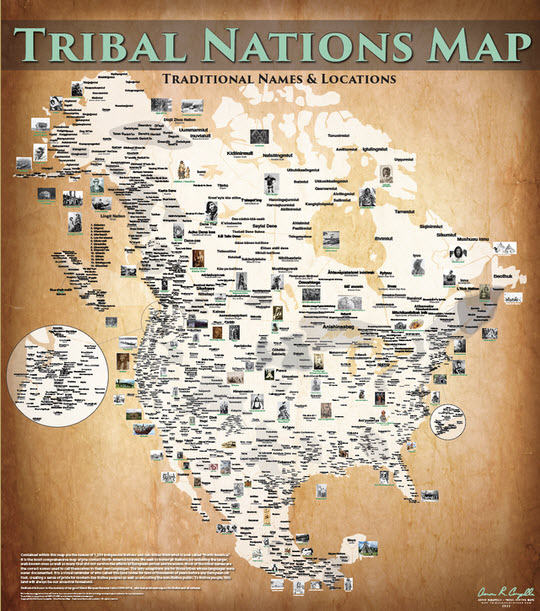Summary | Excerpt | Reviews | Beyond the Book | Read-Alikes | Genres & Themes | Author Bio

Critics' Opinion:
Readers' Opinion:
First Published:
Feb 2023, 256 pages
Paperback:
Feb 2024, 256 pages
 Book Reviewed by:
Book Reviewed by:
BookBrowse First Impression Reviewers
Buy This Book
This article relates to Stealing
 Margaret Verble's novel, Stealing, centers around Kit, a young girl who is part Cherokee. Set in the 1950s, she is removed from her home and sent to a Christian boarding school where a significant portion of the students are Native American. Not only are the indigenous children systematically stripped of their heritage but Kit observes that they are treated as generic "Indians," with no awareness that they come from different nations with differing cultures—an ignorance shared by many people, even today.
Margaret Verble's novel, Stealing, centers around Kit, a young girl who is part Cherokee. Set in the 1950s, she is removed from her home and sent to a Christian boarding school where a significant portion of the students are Native American. Not only are the indigenous children systematically stripped of their heritage but Kit observes that they are treated as generic "Indians," with no awareness that they come from different nations with differing cultures—an ignorance shared by many people, even today.
Thinking of the pre-Columbian population of North America as a single group is akin to lumping all Europeans into one bucket despite Europe's many and varied histories, languages and geographical regions—an excessively broad term that ignores each group's unique culture. According to The Dawn of Everything by David Graeber and David Wengrow, the diversity was truly astonishing. There were monarchies, aristocracies, oligarchies, theocracies, democracies and socialist cultures. Lifestyles included hunter-gatherers, semi-nomadic horticultural tribes, and agrarian—sometimes even shifting between these ways of life within a single year. Some tribes lived in permanent settlements (such as pueblos), others had ceremonial sites (used for gathering together at certain times of the year), and yet others lived a truly nomadic lifestyle, building temporary settlements using shelters such as teepees. Some tribes took slaves, others put an emphasis on stoiciscm. The variety was amazing—as one would expect from a landmass that spanned from the Arctic (e.g. Inuit), to the Great Plains (e.g. Cheyenne, Apache), to the Pueblo Indians in the Southwest, and from the deserts of California (e.g. Miwok, Mohave) to the woodlands on the East (e.g. Iroquois, Shawnee).
It's difficult to say exactly how many different indigenous groups existed in the United States before white colonists arrived on the continent, but it's believed that there were over 1000 different Native American groups in what is now the continental USA. Aaron Carapella, a self-taught mapmaker from Oklahoma, has spent years documenting the territories each group occupied in 1492 and, to date, has recorded the existence of over 600 different communities. Today, the United States Government officially recognizes 574 unique tribes.
Between 1776 and 1887, the U.S seized about 1.5 billion acres (2.3 million square miles) of land from Native Americans. In addition to Carapella's map, there are several resources for determining which tribe used to occupy a piece of land. The Native Land app, created by a Canadian company, provides names of indigenous communities not only in North America, but other areas as well (Australia, Africa, etc.).
The last few years have seen an increased awareness of the injustices perpetrated against Native American communities, and there's been a push to incorporate land acknowledgements at the beginning of public events. According to LSpirg.Org:
A Land Acknowledgment is a formal statement that recognizes and respects Indigenous Peoples as traditional stewards of this land and the enduring relationship that exists between Indigenous Peoples and their traditional territories… To recognize the land is an expression of gratitude and appreciation to those whose territory you reside on, and a way of honoring the Indigenous people who have been living and working on the land from time immemorial. It is important to understand the long-standing history that has brought you to reside on the land, and to seek to understand your place within that history. Land acknowledgments do not exist in a past tense, or historical context: colonialism is a current ongoing process, and we need to build our mindfulness of our present participation. It is also worth noting that acknowledging the land is Indigenous protocol.
Often land acknowledgements are short sentences such as "I want to acknowledge that we are on the traditional territory of [nation names]," although some may add detail such as the treaty that was in effect or the tribe's history. The Native Governance Center has excellent guidelines on crafting land acknowledgements.
Image: Tribal Nations Map by Aaron Carapella
Filed under Places, Cultures & Identities
![]() This "beyond the book article" relates to Stealing. It originally ran in March 2023 and has been updated for the
February 2024 paperback edition.
Go to magazine.
This "beyond the book article" relates to Stealing. It originally ran in March 2023 and has been updated for the
February 2024 paperback edition.
Go to magazine.





The Funeral Cryer by Wenyan Lu
Debut novelist Wenyan Lu brings us this witty yet profound story about one woman's midlife reawakening in contemporary rural China.
Your guide toexceptional books
BookBrowse seeks out and recommends the best in contemporary fiction and nonfiction—books that not only engage and entertain but also deepen our understanding of ourselves and the world around us.